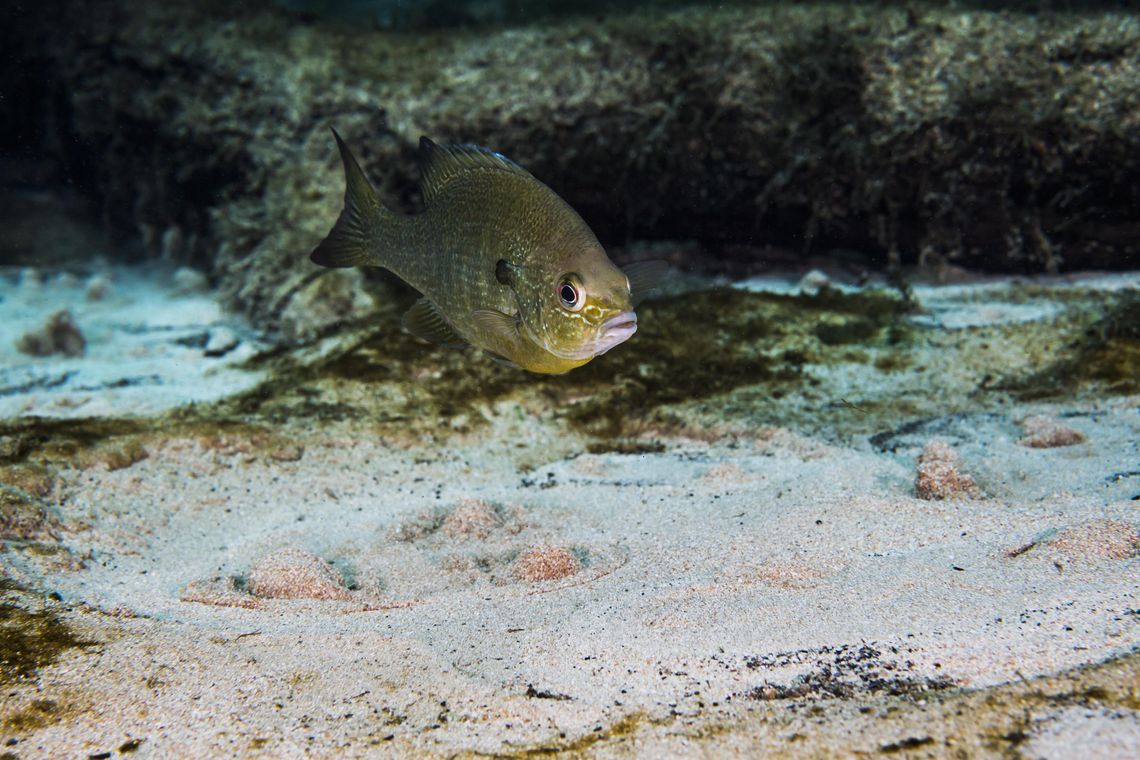The Meadows Center for Water and the Environment at Texas State University, in collaboration with the Save Barton Creek Association, the Wimberley Valley Watershed Association (WVWA) and Community Environmental Services, recently published a report that provides guidance on a variety of cost-effective wastewater solutions for the Texas Hill Country.
“Water is a precious and limited resource,” Nick Dornak, director of Watershed Services at The Meadows Center, said. “This report helps us begin to understand how we can protect Hill Country waterways, while also continuing to meet the water challenges of our region.”
The report “Preferred Wastewater Systems for the Texas Hill Country and Over the Edwards Aquifer: Economic and Environmental Considerations” presents key considerations for choosing individual on-site, clustered and non-discharging centralized wastewater systems to help engineers, developers and decision-makers choose the appropriate scale of system.
It also provides preferred system attributes and case studies for each of the service system categories.
“There is a need across the Texas Hill Country for developing “One Water” infrastructure models that serve well on multiple fronts — packed bed filter wastewater technology that cost-effectively reuses effluent on site and prevents pollutants from impacting local streams and rivers is essential to forward a decentralized water management approach,” David Baker, executive director of WVWA, said.
“The proven water treatment and reuse systems outlined in this report are a vital component to help solve our water challenges and growing demands across Texas.”
More than half of the nation relies on centralized wastewater systems, or public sewer systems, that treat wastewater in a single, centralized location before it is reused or discharged into our waterways.
However, decentralized systems can provide an effective, low-cost alternative that treats sewage from homes and businesses near the source where wastewater is generated, rather than collecting and transporting waste to a centralized treatment plant.
“This report makes information about seldom used but effective options for wastewater systems more easily available. We hope it will expand the conversation around wastewater management and encourage new and collaborative approaches that are best for our communities and environment,” Angela Richter, executive director of the Save Barton Creek Association, said.
According to the Texas Commission on Environmental Quality (TCEQ), properly sited and designed soil dispersal systems are capable of providing better treatment for a much wider range of pollutants cost-effectively, as compared to wastewater treatment systems that directly discharge into streams.
The full report is available online.







